This article was co-authored by Laura Marusinec, MD. Dr. Marusinec is a board certified Pediatrician at the Children's Hospital of Wisconsin, where she is on the Clinical Practice Council. She received her M.D. from the Medical College of Wisconsin School of Medicine in 1995 and completed her residency at the Medical College of Wisconsin in Pediatrics in 1998. She is a member of the American Medical Writers Association and the Society for Pediatric Urgent Care.
This article has been viewed 24,892 times.
If your child has been diagnosed with high cholesterol, you will want to take steps to reduce it. With a combination of dietary changes, increased exercise, and medical treatment as needed, you can take steps to get your child's cholesterol levels back into the normal range.
Steps
Making Dietary Changes
-
1Limit the amount of fat in your child's diet.[1] If your child has high cholesterol and you are trying to reduce his or her levels, an important place to start is by reducing your child's daily fat consumption. Fat should compose less than 30% of your child's daily calories. Specifically, saturated fat should be less than 10% of your child's daily calories, and trans fat should be avoided altogether. Cholesterol should be limited to less than 200mg per day.
- Read the labels on the food you purchase for information on the fat content of various foods.
- Note that these guidelines on fat consumption do not apply to children under the age of 2.
-
2Opt for low-fat milk and other low-fat dairy products.[2] One of the easiest ways to cut back on fat in your child's diet is to choose milk and dairy products that are of the lowest fat content possible. Skim milk or 1% milk is ideal.Advertisement
-
3Select whole foods for your child to eat.[3] Many processed foods are high in saturated fat and low in fiber and nutrients. Select whole foods for your child to eat instead to ensure that your child is getting plenty of cholesterol lowering fiber and other beneficial nutrients.
- Increase your child's consumption of fruits and vegetables.
- Feed your child more complex carbohydrates that have a low glycemic index, such as whole wheat pasta, quinoa, oats, and brown rice.
- Choose foods with healthier fats, such as fish, avocado, and nuts, as these are much better for your child's overall health.[4]
-
4Include lean protein in your child's diet. Lean protein sources are essential for your child's health. Lean sources of protein also contain less fat and cholesterol, so replacing fatty protein sources with lean ones may help to reduce your child's cholesterol numbers as well. Some good lean protein sources include:[5]
- skinless poultry such as chicken and turkey
- lean cuts of beef or pork
- fish such as shrimp, cod, crab, and tuna
- beans such as chickpeas, black beans, pintos, and kidney beans
- egg whites
- tofu
-
5Cook homemade meals and avoid fast or frozen food.[6] The overall health of meals made at home from scratch is far superior to "fast food" alternatives (be it frozen foods or processed foods).
- Taking the time to cook healthy meals from scratch will not only improve your child's cholesterol levels, but will also teach him or her the importance of putting an effort into healthy nutrition and cooking habits. This is a valuable life skill that will positively influence your child for the rest of his or her life.
- Learn how to use healthy cooking methods and cook healthy meals at home instead of eating out.
-
6Learn your child's target weight.[7] If your child is overweight or obese, know that this is a big risk factor that contributes to high cholesterol levels. Ask your child's doctor for help in determining what your child's ideal body weight should be. This depends on a number of factors, including age, height, sex, and bone structure.
- Your child's doctor can chart your child's weight on an age- and sex-adjusted growth chart, which will provide valuable information about your child's weight.
- Your child's doctor can also chart your child's "BMI" (body mass index) which corrects the weight in relationship to your child's height, providing an even more accurate picture of how your child's current body weight compares to his or her ideal.
Prioritizing Exercise
-
1Increase your child's aerobic exercise.[8] Aerobic exercise is any form of exercise that increases your child's heart rate for a sustained period of time. At least 60 minutes of aerobic exercise is recommended every day. Aerobic exercise increases your child's HDL cholesterol, which is the "good cholesterol."
- Having more good cholesterol reduces the impact of the bad cholesterol (LDL cholesterol), which has a negative effect on the body. That is why higher levels of the good cholesterol (HDL) are actually beneficial for your child's health, and these can be increased through exercise.
- Exercise also helps with weight loss, which can also help to reduce bad cholesterol.
-
2Make exercise fun. Adults often enjoy activities like jogging, swimming, brisk walking, or riding a bike; however, for children, it may be helpful to incorporate more fun into their exercise routine. Consider signing your child up for sports that get his or her heart rate up, like soccer or basketball, that your child can do alongside his or her friends.
- Signing up for a sport will also ensure that your child stays committed.
-
3Think about making exercise a family activity.[9] It may be easier to motivate your child to exercise if it is something that the whole family gets involved in, such as going to the park to play, or using the weekend to go on an outdoor adventure.
- No matter what activity your child does for exercise, make sure that the activity is consistent and that your child enjoys doing it. This will motivate you child to keep up the positive lifestyle changes in the long-run.
Receiving Medical Treatment
-
1Get your child's cholesterol levels tested.[10] If you suspect that your child may have high cholesterol (due to a family history of the condition, obesity, a poor diet, a sedentary lifestyle, or previous high cholesterol measurements), it is important to have your child's cholesterol values measured. The official way to diagnose "hypercholesterolemia" (high cholesterol), and to proceed with treatments as needed, is via the blood test that can measure the cholesterol and total fat levels.
- A child is eligible for medical treatment of high cholesterol if his or her LDL ("bad cholesterol") is above 190mg/dL.
- If your child has additional risk factors (such as a family history of high cholesterol, obesity, or high blood pressure), he or she will be eligible for treatment if the LDL cholesterol level exceeds 160mg/dL.
- These are the current treatment guidelines as established by the American Academy of Pediatrics.
-
2Have a repeat blood test in three months.[11] If your child's first blood test comes back positive for high cholesterol, the doctor will likely recommend starting with some lifestyle changes (such as changes to your child's diet and exercise). You will then be asked to return for a repeat blood test in three months.
- At three months, your child's doctor can assess whether the lifestyle changes were sufficient to bring your child's cholesterol back into the normal range or at least headed in the right direction.
- If they were not, it is at this point (after the second blood test) that your child may be eligible to consider taking medication to reduce his or her cholesterol.
-
3Start a cholesterol-lowering medication.[12] Medications to lower cholesterol are offered to children over the age of 8, should their cholesterol levels continue to be elevated even after changes to their lifestyle. Medications that your child can try include Cholestyramine, Colestipol, or Colesevelam. Your doctor may also try your child on a "statin" medication, such as Atorvastatin (Lipitor).
- Your child will be advised to come back for a repeat blood test 3 months after beginning the new medication, to assess the effectiveness of it in terms of lowering cholesterol.
- Your child's doctor will also check in at this time to ensure that the medication of choice is causing no bothersome side effects. However, make sure that you tell your child's doctor if you notice any side effects while your child is taking the medication.
-
4Understand the importance of reducing your child's cholesterol.[13] If your child has been diagnosed with high cholesterol, this puts him or her at risk of developing build-ups on the artery walls called "plaques." These plaques predispose your child to a heightened risk of future heart disease and strokes, among other health concerns.
- Make sure that you follow through with treatment to reduce your child's cholesterol until your child's blood tests show that he or she is back in the normal range. You will also need to keep up the healthy changes to maintain your child's cholesterol at a healthy level.
References
- ↑ https://my.clevelandclinic.org/childrens-hospital/health-info/ages-stages/childhood/high-cholesterol-in-children
- ↑ https://my.clevelandclinic.org/childrens-hospital/health-info/ages-stages/childhood/high-cholesterol-in-children
- ↑ http://www.aafp.org/afp/2000/0201/p685.html
- ↑ http://www.mayoclinic.org/cholesterol/art-20045192
- ↑ http://www.clemson.edu/extension/hgic/food/nutrition/nutrition/dietary_guide/hgic4020.html
- ↑ https://my.clevelandclinic.org/childrens-hospital/health-info/ages-stages/childhood/high-cholesterol-in-children
- ↑ https://my.clevelandclinic.org/childrens-hospital/health-info/ages-stages/childhood/high-cholesterol-in-children
- ↑ http://kidshealth.org/en/parents/cholesterol.html#
- ↑ http://kidshealth.org/en/parents/cholesterol.html#
- ↑ https://my.clevelandclinic.org/childrens-hospital/health-info/ages-stages/childhood/high-cholesterol-in-children
- ↑ https://my.clevelandclinic.org/childrens-hospital/health-info/ages-stages/childhood/high-cholesterol-in-children
- ↑ https://my.clevelandclinic.org/childrens-hospital/health-info/ages-stages/childhood/high-cholesterol-in-children
- ↑ http://www.aafp.org/afp/2000/0201/p685.html
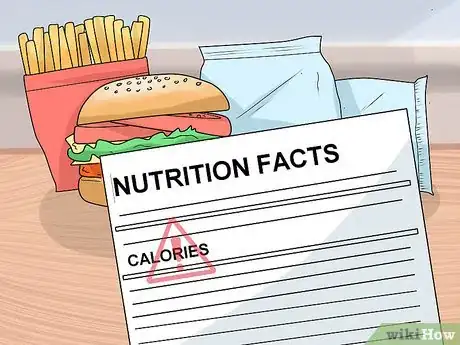
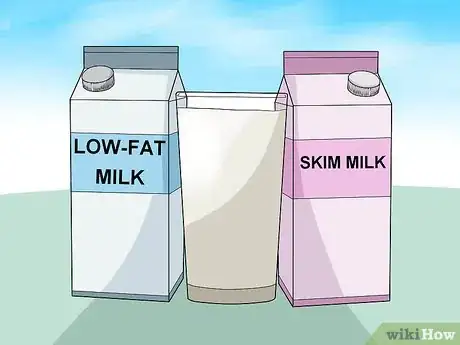

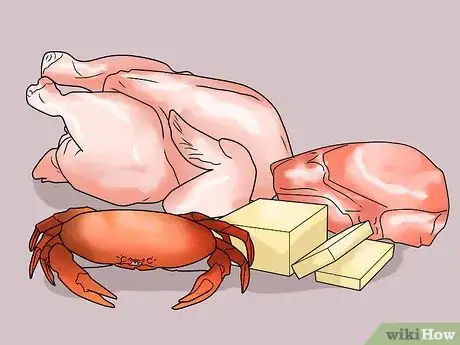
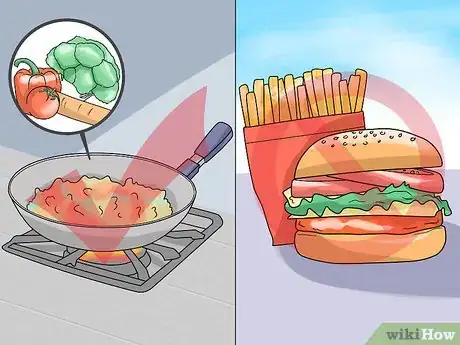
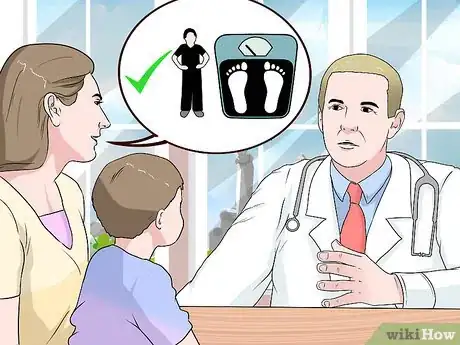



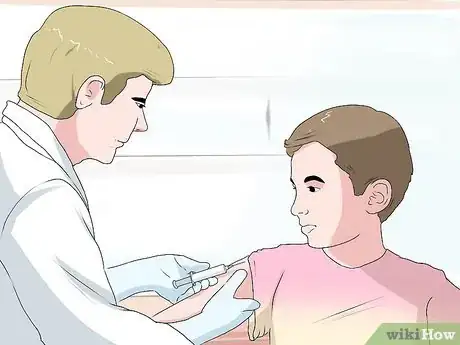
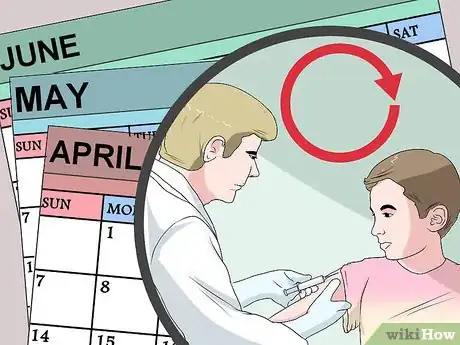
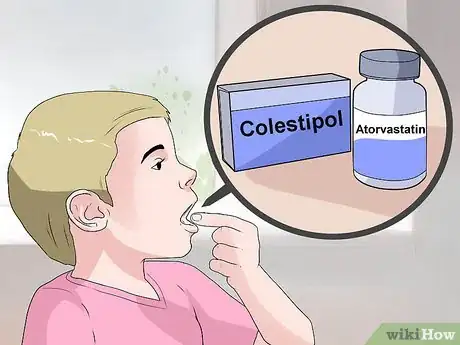


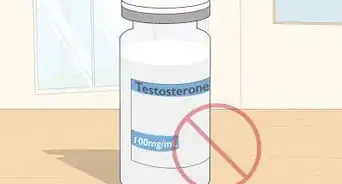










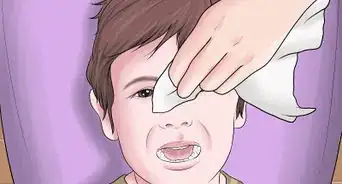








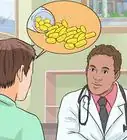
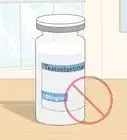





































Medical Disclaimer
The content of this article is not intended to be a substitute for professional medical advice, examination, diagnosis, or treatment. You should always contact your doctor or other qualified healthcare professional before starting, changing, or stopping any kind of health treatment.
Read More...